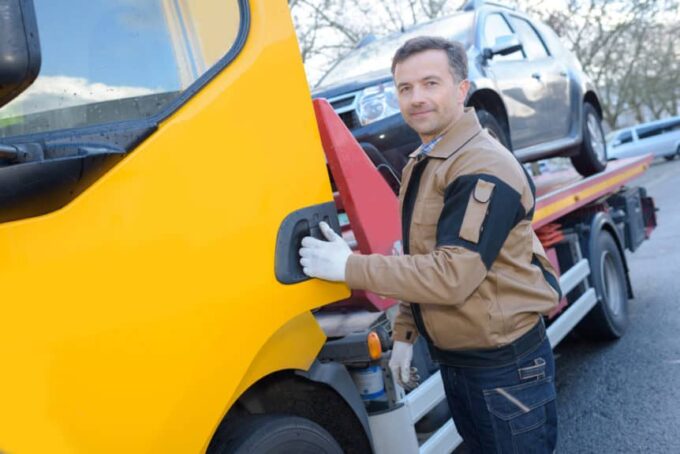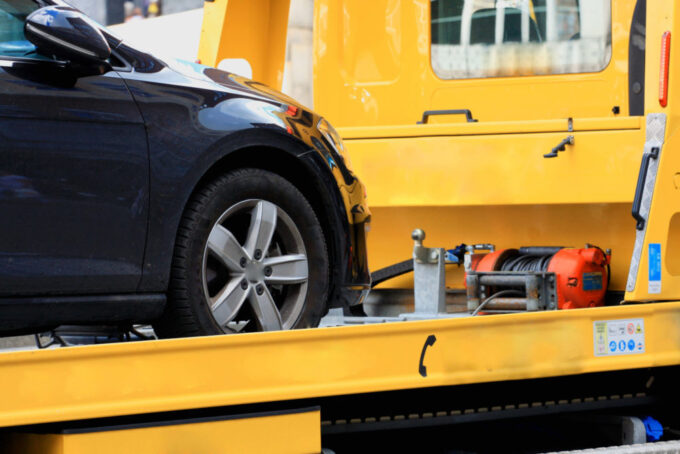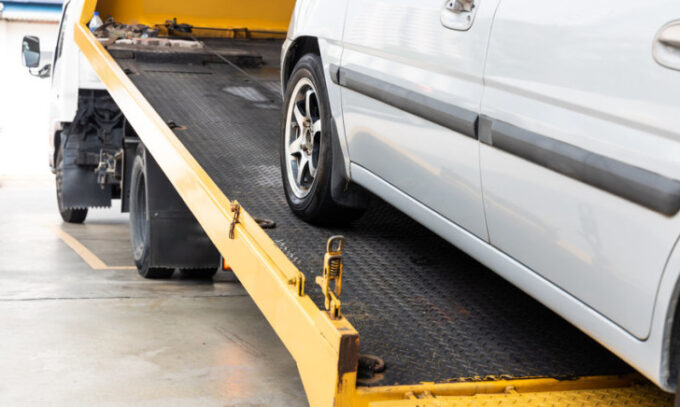When it comes to running a successful towing business, safety should be your topmost concern. But not just your customers and their property, your business should put a lot of effort into improving employee safety and that of the general public as well.
However, not every business puts safety at the top of its list. When it comes to cutting costs, many people put safety on the side.
On the other hand, putting the right safety measures in place allows you to not only protect lives but also enhance your business reputation and ensure long-term success.
In this comprehensive guide, you can find out some of the most practical ways in which a towing business can improve its safety standards.
Give Your Drivers the Proper Training
The key to ensuring safety on the road begins with well-trained drivers.
That’s why one of the best things you can do is invest in comprehensive driver training programs that cover defensive driving techniques, emergency response procedures, and industry-specific best practices, among other things.
Then, you can regularly assess and update these programs to keep your drivers informed about the latest safety regulations and technologies.
Regularly Inspect and Maintain Business Vehicles
Performing routine inspections and maintenance on your towing vehicles is essential to prevent mechanical failures on the road. Regularly check brakes, tires, lights, and other critical components to ensure they are in optimal working condition. Implement a preventive maintenance schedule and keep detailed records of all maintenance activities.
Get the Safety Equipment
Equip your tow trucks with necessary safety gear, including reflective vests, cones, warning lights, and flares. But other than that, you should also equip the tow trucks with gear like towing mirrors. You can easily find the best towing mirrors in Australia online and allow your drivers to see the road properly.
Also, you should make sure that all safety equipment is readily accessible and in good working condition.
But, the equipment is useless unless you also train your drivers on the proper use of these tools to enhance safety during roadside operations.
Implement a Safety Reporting System
You should consider establishing a safety reporting system that encourages employees to report any safety concerns or near misses. This system should offer a safe and, more importantly, confidential way for your team to share valuable information without fear of repercussions.
Then, you can regularly review these reports, identify trends, and take appropriate actions to address safety issues.
Emphasize the Best Loading and Unloading Procedures
Proper loading and unloading of vehicles can significantly reduce the risk of accidents and injuries.
That’s why, you should train your employees on the correct techniques for securing loads, distributing weight evenly, and using appropriate equipment.
Also, you should regularly inspect tie-downs, chains, and straps to make sure everything is in good condition and complies with safety standards.
Create a Fatigue Management Policy
Fatigue can impair a driver’s judgment and reaction time, which can increase the likelihood of accidents.
That’s why, you should create a fatigue management policy that includes regular rest breaks, limits on driving hours, and education on the signs of driver fatigue, among other things. Also, you should encourage open communication with your drivers to address any concerns related to fatigue.
Implement a Substance Testing Program

Maintaining a drug and alcohol-free workplace is crucial for the safety of your drivers and the public. Establish a comprehensive drug and alcohol testing program that complies with local regulations.
For this, you can conduct random tests, pre-employment screenings, and post-incident testing to ensure a safe working environment.
Develop an Emergency Response Plan
Since your team will be out on the road, you should equip them for emergency situations by developing a detailed emergency response plan.
In this plan, you should outline procedures for handling accidents, breakdowns, inclement weather, and other unforeseen events. Then, you can regularly train your employees on emergency protocols and conduct drills to test their readiness.
Improve Communications with Customers

Clear communication with customers can be incredibly important to minimize risks and ensure a smooth towing process.
For this, you should train your employees to effectively communicate with customers, provide accurate arrival times, explain safety procedures, and address any concerns. You should also encourage feedback from customers to identify areas for improvement.
Implement GPS Tracking and Fleet Management Systems
GPS tracking and fleet management systems offer real-time visibility into your tow trucks’ locations, speeds, and driving behaviors. By monitoring these three metrics, you can identify unsafe driving habits, optimize routes, and provide timely assistance to your drivers in case of emergencies. This can be incredibly useful in keeping track of your trucks at all times as well.
Create a Culture of Safety
You should foster a safety-first culture within your towing business by promoting safety as a core value and recognizing and rewarding employees who demonstrate exceptional safety practices.
Also, you can regularly conduct safety meetings and toolbox talks to reinforce safety protocols and encourage open dialogue about safety concerns.
Provide Personal Protective Equipment to Your Employees

You should supply your employees with the necessary personal protective equipment, including gloves, safety glasses, and hard hats. Doing this can make sure that they understand when and how to use the provided PPE.
Then, regularly inspect and replace damaged or worn-out equipment to maintain its effectiveness.
Stay Updated on the Latest Industry Regulations
Towing industry regulations are continuously evolving, and it’s important to stay informed about any changes.
You can subscribe to industry newsletters, attend conferences, and join relevant associations to stay updated on the latest safety regulations, standards, and best practices. Implement any necessary changes to comply with these requirements.
Conduct Regular Safety Audits
Consider performing regular safety audits to assess the effectiveness of your safety programs and identify areas for improvement.
For this, you can review incident reports, maintenance records, and driver training logs to evaluate compliance with safety standards. Take prompt action to address any safety gaps or concerns identified during the audits.
Monitor and Analyze Safety Performance Metrics
Finally, you should track and analyze safety performance metrics to measure the effectiveness of your safety initiatives. Monitor accident rates, near misses, and safety-related incidents to identify trends and implement targeted improvements.
Then, use this data to refine your safety programs and set achievable safety goals for your business.












